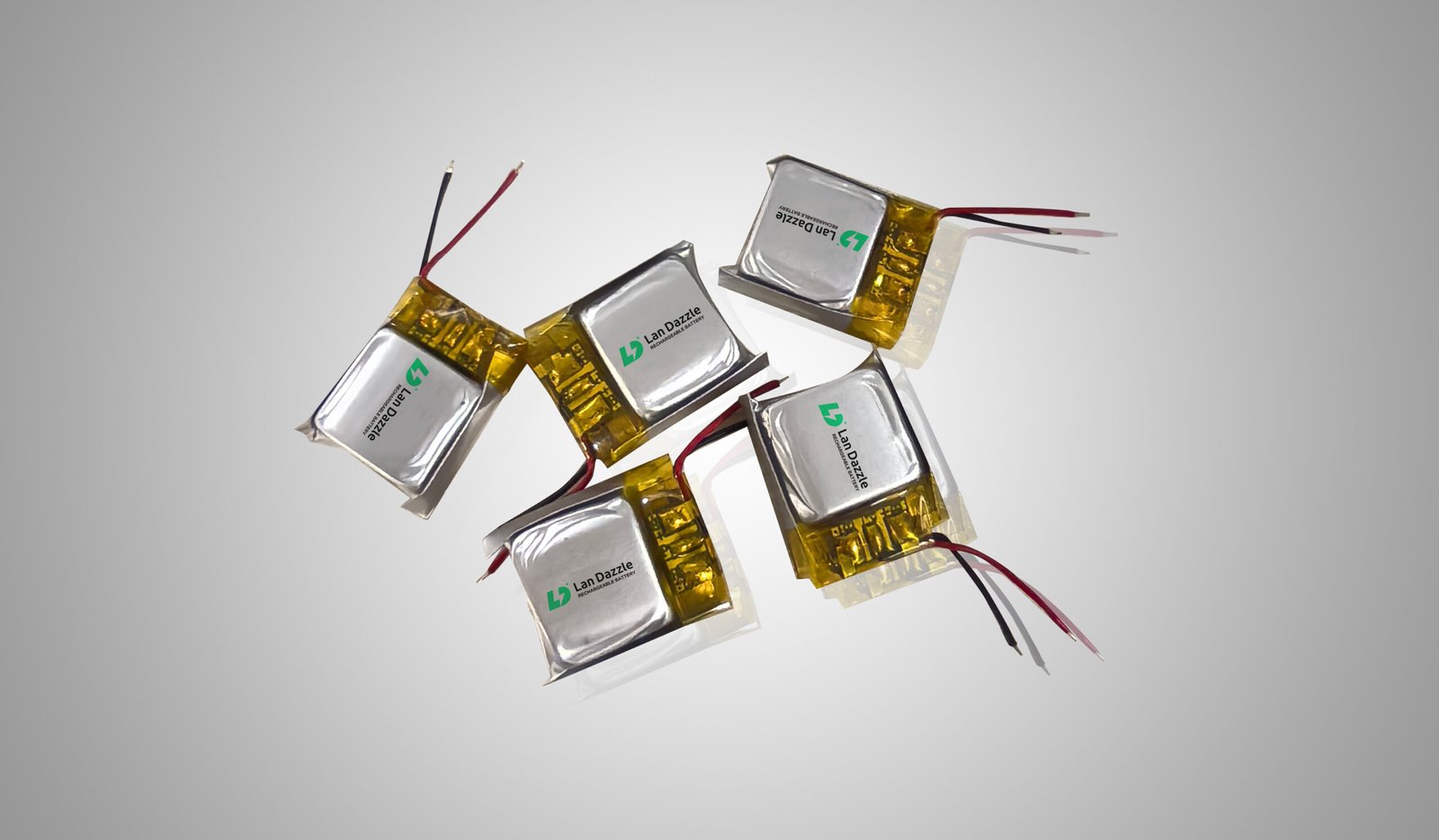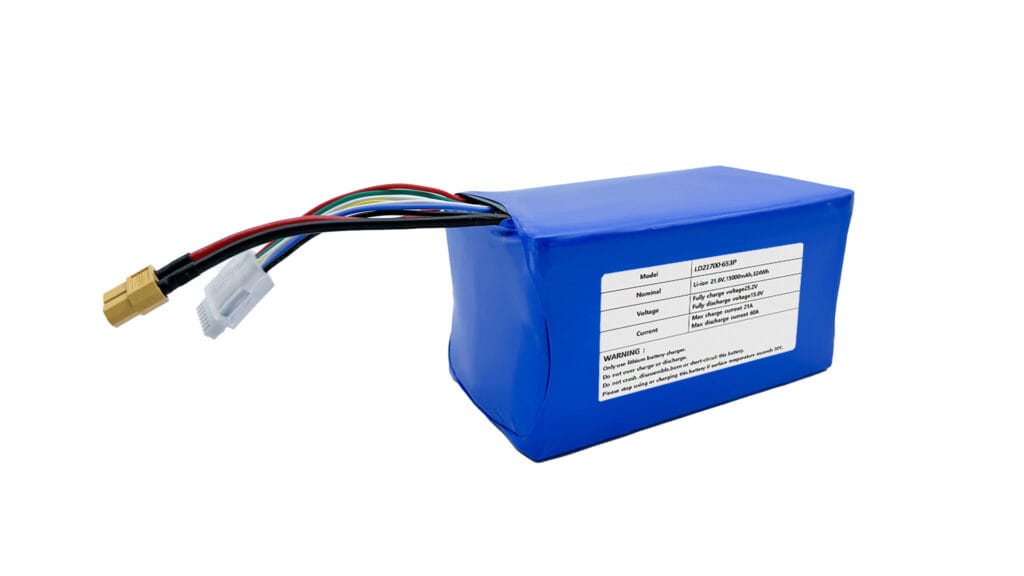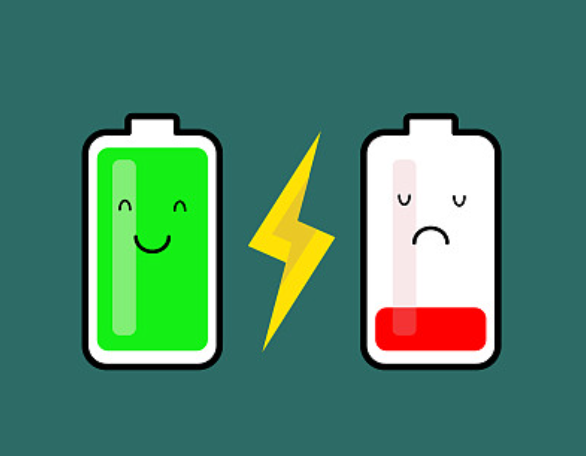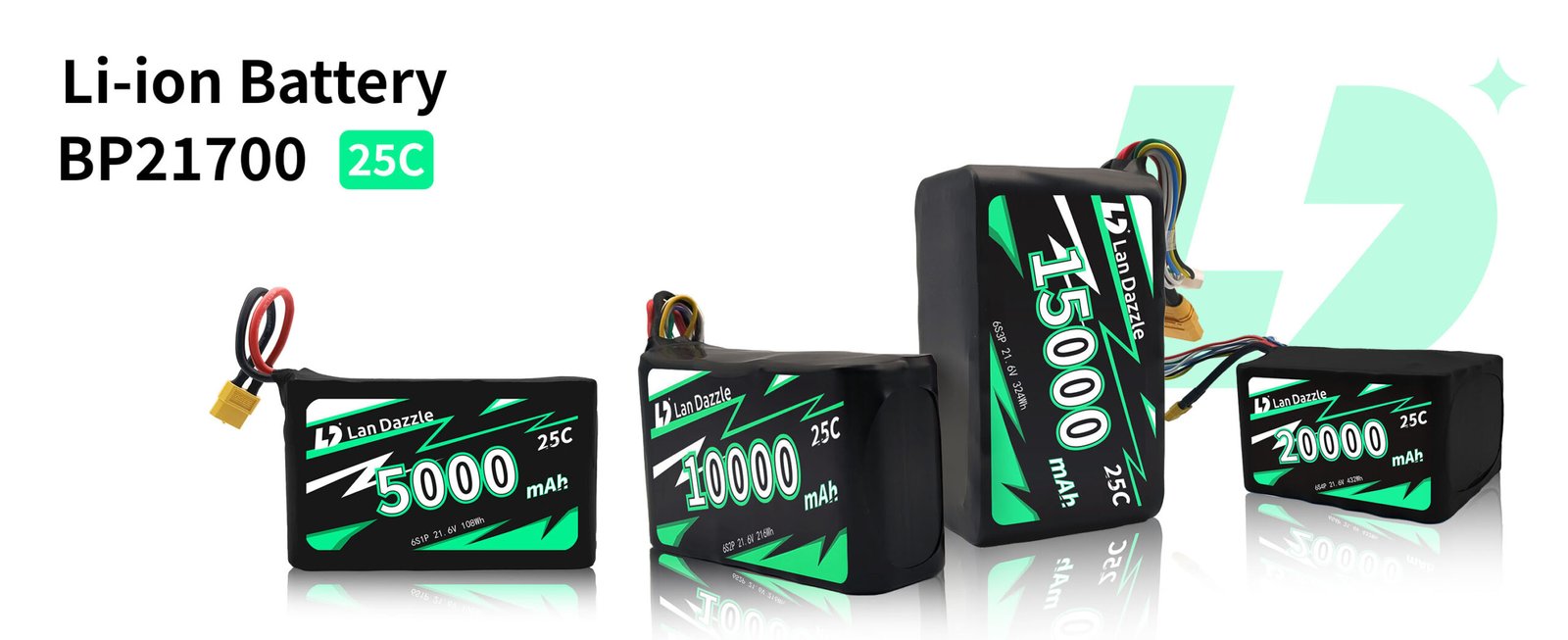From the sleek smartphones in our pockets to the growing fleet of electric vehicles on our roads, pouch battery have become an indispensable power source in the modern world. Their flexibility in design, lightweight nature, and high energy density have made them the preferred choice for a vast array of applications. But have you ever wondered how these sophisticated power cells are actually made? This comprehensive guide will take you on a journey through the intricate manufacturing process of pouch battery.
Understanding the Core Components of a Pouch Battery
At the heart of every pouch battery lie several key components, each playing a crucial role in its function:
- The Anode: The anode, or negative electrode, is where lithium ions are stored during charging and released during discharge. Typically made of graphite or increasingly, silicon composites, the anode’s structure allows for efficient and reversible lithium intercalation. Anode materials often constitute around 15-25% of the total battery weight. Different anode materials offer varying capacities and cycle life performance. For instance, silicon anodes can theoretically store significantly more lithium ions than graphite, leading to higher energy density.
- The Cathode: The cathode, or positive electrode, determines the battery’s voltage and energy capacity. Common cathode materials include Lithium Nickel Manganese Cobalt Oxide (NMC), Lithium Nickel Cobalt Aluminum Oxide (NCA), Lithium Iron Phosphate (LFP), and Lithium Cobalt Oxide 1 (LCO). NMC is currently a popular choice due to its good balance of energy density and cost, holding a significant market share in EV batteries. Each chemistry offers a unique trade-off between energy density, power, lifespan, and safety.
- The Separator: This thin, porous membrane, usually made of polyethylene (PE) or polypropylene (PP), acts as an electrical insulator, preventing direct contact between the anode and cathode, which could lead to a short circuit. Simultaneously, it allows the free flow of lithium ions through the electrolyte. Separators are typically very thin, ranging from 15 to 40 micrometers, and their porosity is carefully controlled to ensure optimal ion transport and safety. Advanced separators might include ceramic coatings for enhanced thermal stability.
- The Electrolyte: The electrolyte serves as the conductive medium that facilitates the movement of lithium ions between the anode and cathode during charging and discharging. While liquid electrolytes based on lithium salts in organic solvents are most common, the industry is increasingly exploring solid-state electrolytes for enhanced safety and potentially higher energy density. Liquid electrolytes need to have high ionic conductivity (typically around 10^-3 S/cm) for efficient battery operation.
- The Current Collectors & Outer Packaging: Thin foils of copper (for the anode) and aluminum (for the cathode) act as current collectors, conducting the electrons generated during the electrochemical reactions to the external circuit. The entire assembly is encased in a flexible, hermetically sealed outer pouch made of laminated polymer films. This packaging is lightweight and contributes to the overall flexibility of the pouch battery, offering excellent barrier properties against moisture and air ingress.
The Step-by-Step Manufacturing Process
The creation of a pouch battery is a highly precise and multi-stage process:
- Electrode Preparation: The journey begins with the preparation of the electrodes. This involves slurry mixing, where the active cathode or anode material is meticulously combined with conductive additives (like carbon black), a binder (such as PVDF), and a solvent (like NMP). This mixture forms a slurry with a specific viscosity. The slurry is then coated onto thin current collector foils (aluminum for the cathode, copper for the anode) using precise coating techniques like doctor blade or slot die coating, aiming for a consistent coating thickness, often within a few micrometers of the target. After coating, the foils are dried in large ovens to remove the solvent, and then calendered, a process where the coated foils are passed through rollers under high pressure to increase the density of the active material layer and improve conductivity.
- Cell Assembly: Once the electrode foils are prepared, they are slit into precise widths according to the desired cell dimensions. The next crucial step is the actual cell assembly. This can be done through two primary methods: winding, where the anode, separator, and cathode are layered and wound together into a jelly-roll structure, or stacking, where individual electrode and separator layers are stacked on top of each other. The choice of method depends on the specific application and desired battery characteristics. Following assembly, conductive tabs are attached to the anode and cathode using precise tab welding techniques, which will serve as the external connection points of the battery.
- Electrolyte Filling and Wetting: The assembled cell is then placed in a controlled environment, often a vacuum chamber, for electrolyte filling. A precise amount of electrolyte is injected into the pouch to ensure complete wetting of the electrodes and separator. Proper wetting is critical for efficient ion transport and overall battery performance. The purity of the electrolyte and the controlled filling process are paramount to avoid contamination and ensure optimal battery life.
- Pouch Formation and Sealing: The electrolyte-filled cell is then placed within the outer pouch material, which is typically a multi-layered laminate film designed for its excellent barrier properties. The pouch is then formed around the cell, and the edges are sealed using heat and pressure. This creates a hermetic seal, protecting the internal components from moisture and air, which can degrade battery performance and safety. The strength and integrity of these seals are rigorously tested.
- Formation and Aging: The newly assembled and sealed batteries undergo a process called formation. This involves the first few cycles of charging and discharging, which are crucial for the formation of a stable Solid Electrolyte Interphase (SEI) layer on the anode surface. The SEI layer is a thin film that prevents further decomposition of the electrolyte and is essential for long-term battery performance and lifespan. Following formation, the batteries are typically subjected to an aging process, where they are stored under specific temperature and voltage conditions for a period (often several days or weeks) to stabilize their electrochemical characteristics and to identify any defective cells that might fail prematurely.
- Degassing: During the formation process, some gases can be generated due to initial reactions within the cell. The degassing step involves puncturing the pouch in a controlled environment to release these gases and then resealing the pouch, preventing swelling and ensuring the battery’s physical integrity and safety.
- Testing and Quality Control: Throughout the entire manufacturing process, rigorous testing and quality control measures are implemented. These include checks on the raw materials, in-process inspections at each stage, and final testing of the completed batteries. Tests include voltage checks, capacity measurements, cycle life testing (repeated charging and discharging), and various safety tests to ensure the batteries meet stringent performance and safety standards. Failure rates are carefully monitored and analyzed to continuously improve the manufacturing process.
Applications and Advantages of Pouch Batteries
Pouch batteries have found widespread use across numerous industries due to their unique characteristics:
- Key Applications: Their flexibility and lightweight nature make them ideal for smartphones, laptops, and tablets, where space and weight are critical. They are also increasingly used in electric vehicles, particularly in models where design flexibility is desired. Wearable devices, such as smartwatches and fitness trackers, also heavily rely on pouch batteries. Furthermore, they power a wide range of other portable electronics, including drones, medical devices, and power tools. In the electric vehicle market, pouch batteries are gaining traction, with some major manufacturers adopting this format for its design advantages.
- Advantages of Pouch Batteries: Compared to other battery formats like cylindrical or prismatic cells, pouch batteries offer several key advantages. Their flexibility in shape and size allows manufacturers greater freedom in designing devices. They are generally lighter than their counterparts, contributing to the overall portability of electronic devices. Pouch batteries often boast a high energy density, meaning they can store more energy for their size and weight. While manufacturing costs can vary, they can potentially be lower due to the simpler packaging design compared to rigid metal casings. Studies have shown that pouch cells can achieve energy densities exceeding 250 Wh/kg, often higher than traditional cylindrical cells.
Future Trends and Innovations in Pouch Battery Manufacturing
The field of pouch battery manufacturing is constantly evolving. Future trends include the development of advanced materials science, such as solid-state electrolytes that promise enhanced safety and energy density, and silicon anodes that can significantly increase battery capacity. There’s also a strong focus on improving manufacturing processes through increased automation, faster production lines, and more efficient use of resources. Sustainability is another key driver, with significant research and development efforts focused on battery recycling and the use of more environmentally friendly materials. Projections indicate a significant growth in the pouch battery market in the coming years, driven by the increasing demand for electric vehicles and portable electronics.
Conclusion
The manufacturing of pouch batteries is a complex and highly controlled process involving numerous intricate steps, from the preparation of raw materials to the final testing of the finished product. Understanding these stages highlights the technological sophistication behind the power sources that drive our modern lives. As demand for high-performance, lightweight, and flexible batteries continues to grow, innovations in materials and manufacturing techniques will undoubtedly lead to even more advanced and efficient pouch battery technologies in the future. If you are interested in more details about pouch battery, feel free to visit landazzle.com or contact us at info@landazzle.com.
FAQ Section:
- What are the main steps in manufacturing a pouch battery?
The main steps include electrode preparation (slurry mixing, coating, calendering), cell assembly (slitting, winding/stacking, tab welding), electrolyte filling, pouch formation and sealing, formation and aging, degassing, and rigorous testing and quality control. - What are the advantages of using pouch batteries over other types of batteries?
Pouch batteries offer flexibility in shape and size, are lightweight, often have a high energy density, and can potentially have lower manufacturing costs. - What materials are used to make a pouch battery?
Key materials include anode materials (graphite, silicon), cathode materials (NMC, NCA, LFP, LCO), a separator (PE, PP), an electrolyte (liquid or solid-state lithium salts), current collectors (copper and aluminum foils), and a laminated polymer film for the outer packaging. - How does the formation process affect the performance of a pouch battery?
The formation process is crucial as it creates a stable Solid Electrolyte Interphase (SEI) layer on the anode, which is essential for long-term battery performance, efficiency, and lifespan by preventing further electrolyte decomposition. - Are pouch batteries safe, and what safety measures are taken during manufacturing?
Yes, pouch batteries are designed to be safe. Numerous safety measures are implemented during manufacturing, including strict quality control, use of high-quality materials, precise assembly processes, and rigorous testing to prevent issues like overcharging, short circuits, and thermal runaway. - What is the difference between a pouch battery and a traditional lithium-ion battery?
The main difference lies in the packaging. Pouch batteries use a flexible, laminated polymer pouch instead of a hard metal or plastic case found in cylindrical or prismatic lithium-ion batteries. This allows for a lighter and more flexible design.





